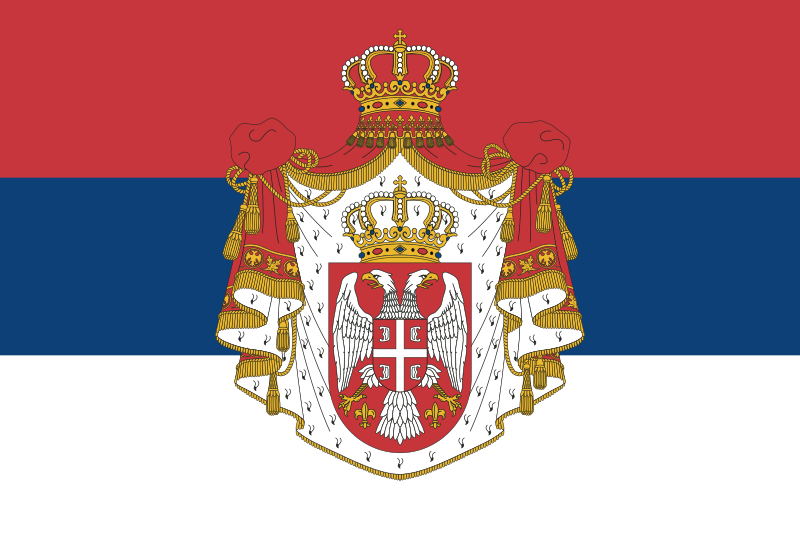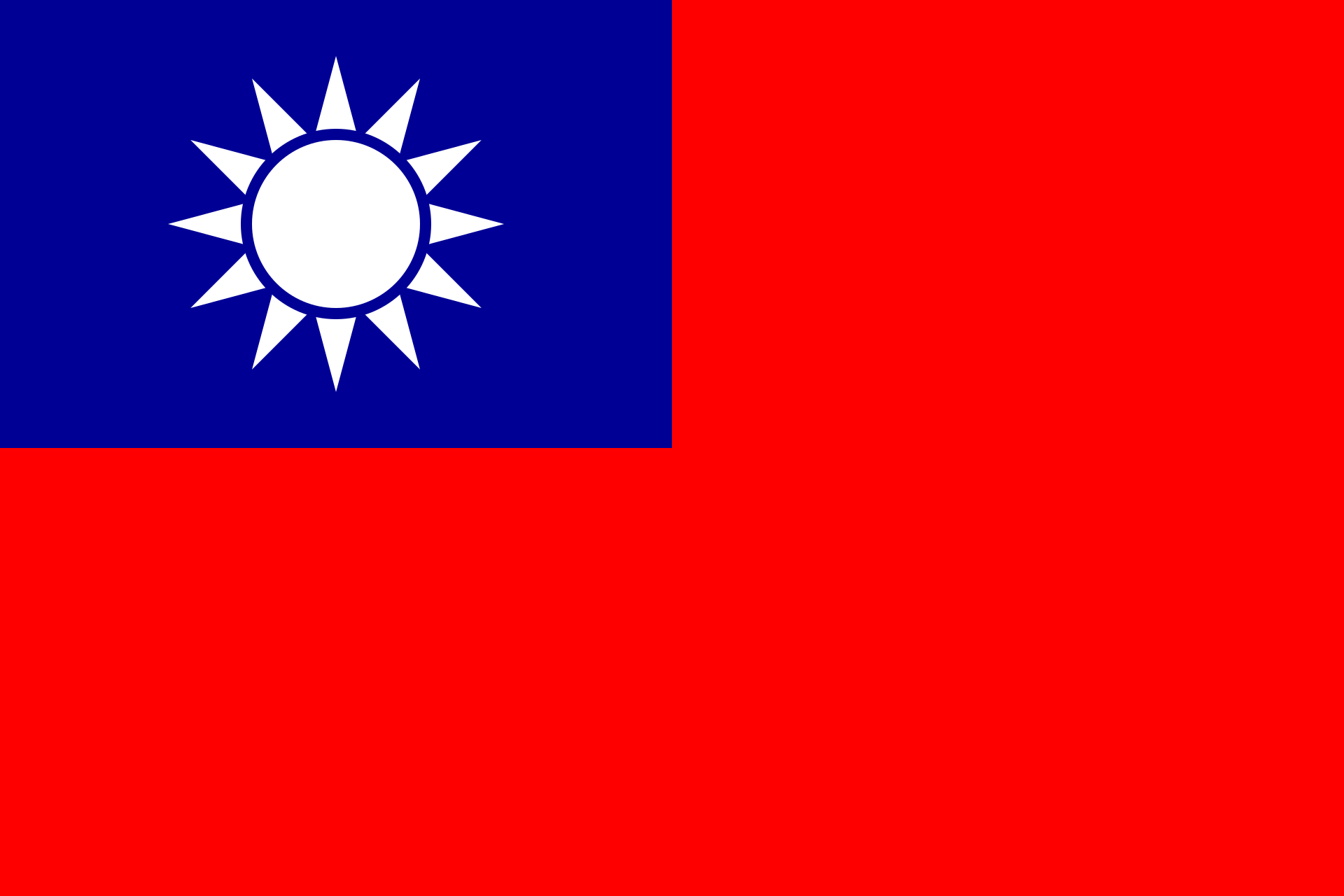
Default
Date


A country's flag is one of its most recognizable national symbols. Overcoming the barriers of language and culture, flags represent the history, character, and ideals of a nation through their design. Though ubiquitous today, national flags can generally trace their origin back to the use of emblazoned banners to direct troops on the field of battle. Before the 17th century, the idea of a 'state' having it's own flag that represented it beyond the context of war was (with few exceptions) unheard of, but during the Age of Revolutions flags representing the citizenry and everything the state encompassed, not just the military, were developed, spurred on by new ideas of citizens' rights and a nation/monarch's duty to upload them. Most countries of Europe adopted a national flag by the middle of the 19th century, a practice that would diffuse into the wider world during the upheavels and colonial revolutions of the 20th century.

A canton is a rectangular section of a flag, typically in the top left or right corner. Often, cantons are themselves flags, such as the cantons in the flags of New Zealand and Australia.

One of the most popular flag designs, a triband is a flag with three, usually equal-sized, parallel strips of color.

A variation of the triband, a flag is a tricolor if the three bands are all different colors.

A flag with only two bands. Some bicolors like the flags of Bahrain and Bhutan, employ non-standard partitions that are serrated and diagonal, respectively.

A canton is a rectangular section of a flag, typically in the top left or right corner. Often, cantons are themselves flags, such as the cantons in the flags of New Zealand and Australia.

One of the most popular flag designs, a triband is a flag with three, usually equal-sized, parallel strips of color.

A variation of the triband, a flag is a tricolor if the three bands are all different colors.

A flag with only two bands. Some bicolors like the flags of Bahrain and Bhutan, employ non-standard partitions that are serrated and diagonal, respectively.

A flag with a cross typically placed at the center or shifted towards the hoist, extended towards the edges.

A charge is an emblem, symbol, or heraldic crest usually placed in the center of the flag.

A flag incorporating a large triangle, typically at the hoist and cresting towards the flag's center.

A flag divided into four equal sections, either vertically/horizontally or diagonally.

A flag with a cross typically placed at the center or shifted towards the hoist, extended towards the edges.

A charge is an emblem, symbol, or heraldic crest usually placed in the center of the flag.

A flag incorporating a large triangle, typically at the hoist and cresting towards the flag's center.

A flag divided into four equal sections, either vertically/horizontally or diagonally.

